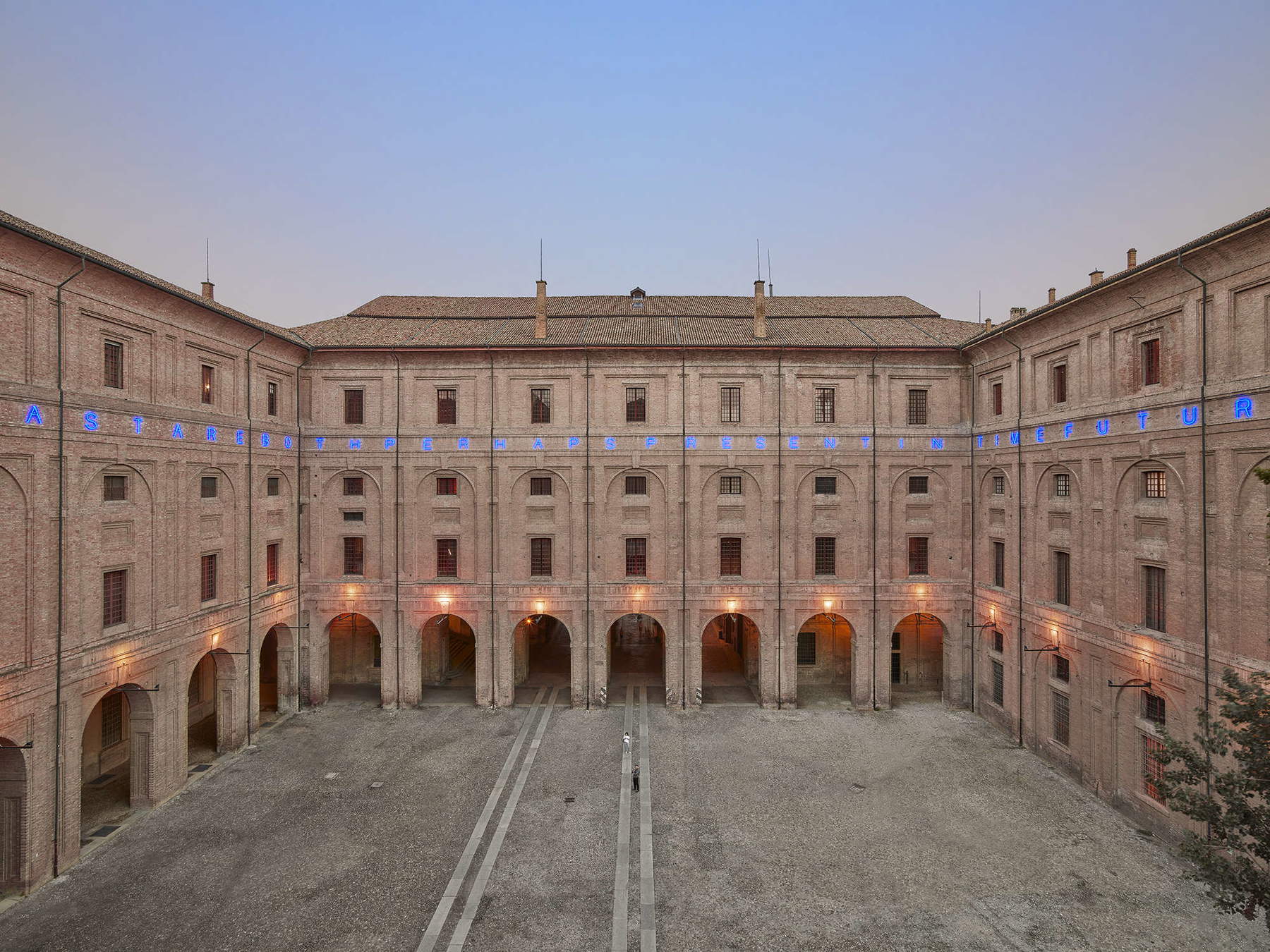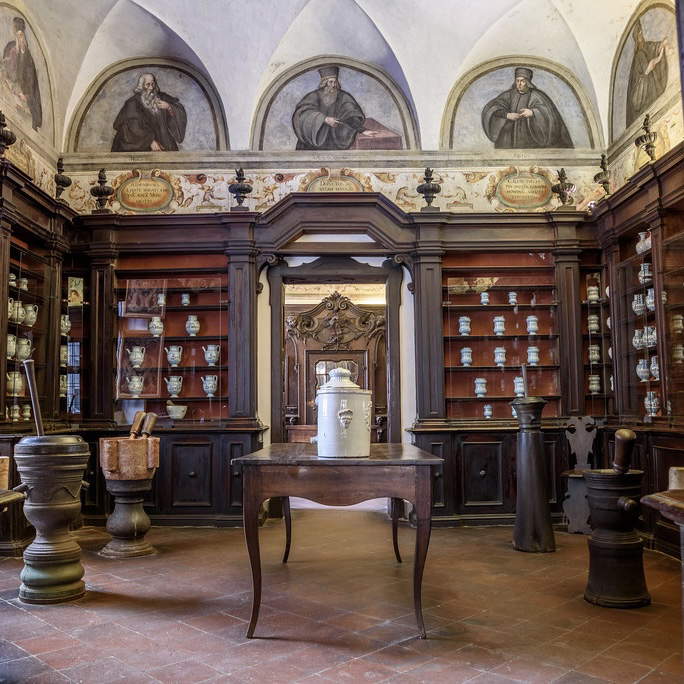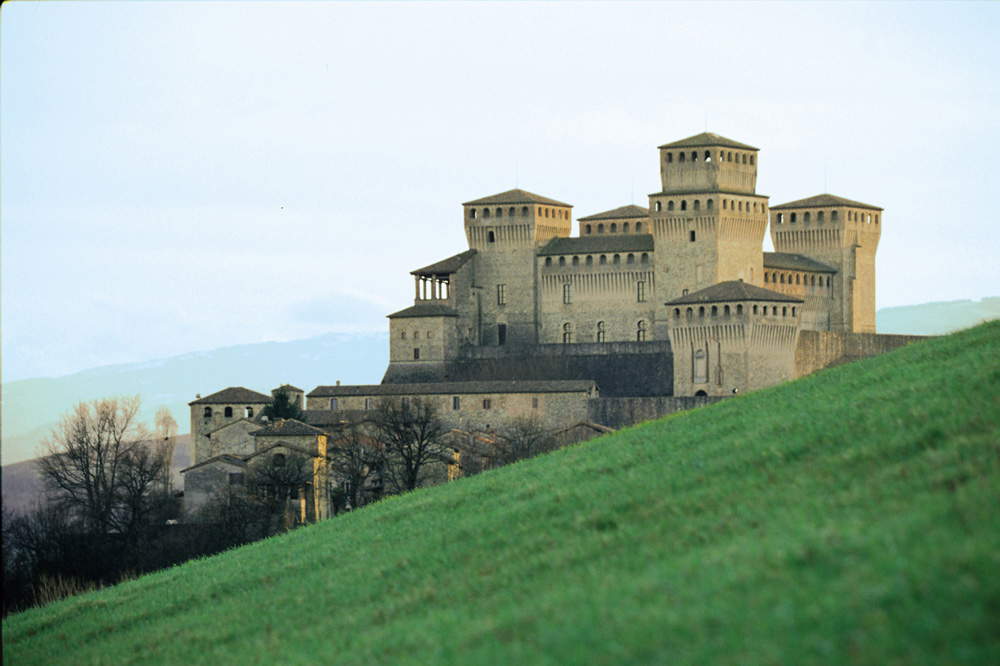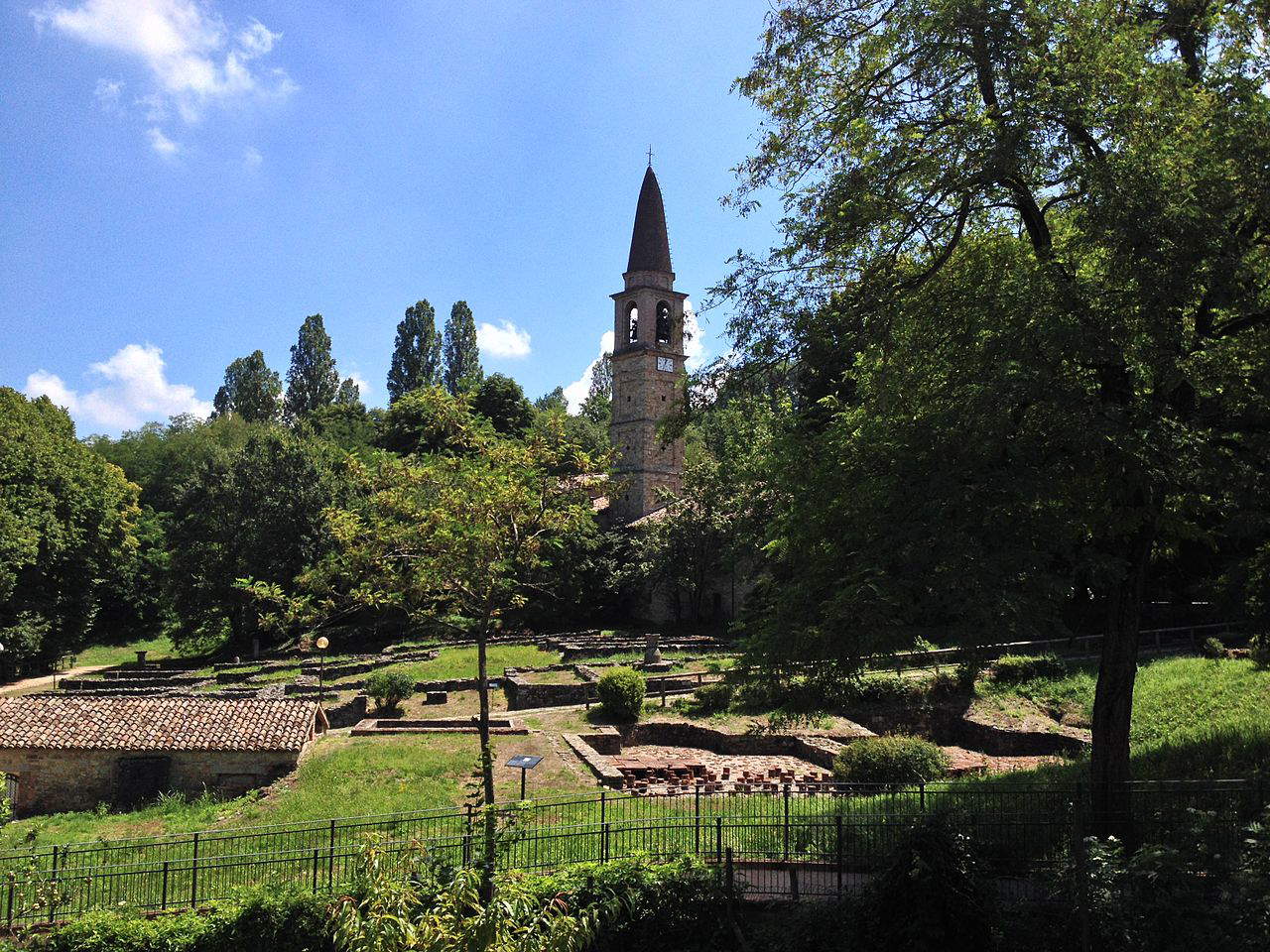As of June 1, 2024, the Monumental Complex of the Pilotta in Parma, an autonomous institute of the Ministry of Culture, will be enriched with three new sites: theAncient Spice Shop of St. John Evangelista in Parma, the Torrechiara Castle in Langhirano (Parma) and the Archaeological Park and Antiquarium of Veleia in Lugagnano Val D’Arda (Piacenza). The three sites thus pass to the Pilotta from the Emilia-Romagna Regional Museums Directorate. From June 25, 2024, it will be possible to visit all the Complex sites with a single ticket at the price of 25 euros. This ticket includes a visit to the Pilotta on the day of purchase or reservation, while the other venues can be visited within thirty days.
“Following the inauguration of the New Pilotta,” says Stefano L’Occaso, Director of the Complesso Monumentale della Pilotta, “which saw the completion last November of the project led by former director Simone Verde, now at the helm of the Uffizi Galleries, we are very proud to announce this further enrichment that sees the inclusion of three new museum venues: the Ancient Spice Shop of St. John Evangelista, in Parma, the Torrechiara Castle and the Parco Archeologico Antiquarium di Veleia. This expansion represents an important opportunity to enhance and promote our cultural heritage, while also reuniting Veleia with the Archaeological Museum, which was created in the 18th century thanks precisely to excavations conducted in the archaeological area. Our commitment is to continue to preserve and share the history and beauty of these extraordinary places.”

The earliest evidence of the existence of an apothecary ’s shop in the abbey complex of San Giovanni Evangelista in Parma dates back to 1201, although its foundation may be earlier, as the monastery was established in 980 AD. Initially, it is likely that the Spezieria served only the Benedictines, becoming accessible to the public at a later date. The current arrangement of the furnishings dates from the late 16th and early 17th centuries, while the layout of the premises underwent a significant transformation in 1766. In that year, the Benedictines had to secularize the pharmacy to avoid the permanent closure imposed by Bourbon minister William Du Tillot.
In 1896, the state acquired the premises, which were reopened to the public in 1951. Today, they house a collection of mortars, albarellos, vases, stills and other objects from various institutions and private donations. Of the original eight rooms of the Spezieria, four remain today: the Fire Room, the Mortar Room, the Mermaid Room and the Well Room. These spaces are named after the specifics of their contents or their decorative elements.

Ticket price: 3€
Located south of the city of Parma, in a hilly area of the Apennines that has been cultivated with vineyards for centuries, Torrechiara Castle stands in a strategic position on a hill overlooking the valley below. This castle is one of the most remarkable examples of fortified architecture not only in Emilia-Romagna, but in all of Italy. Built between 1448 and 1460 as a residence and defensive tool by Pier Maria Rossi, count of San Secondo, the castle shows the influence of the Sforza-Viscount castles. It is built on a walled platform set at the top of a terraced hill and includes the manor house, the ancient high hamlet, an inner courtyard, four corner towers and numerous underground rooms, which can now be visited after restoration work was completed in 2006.
The interior of the castle is rich in frescoed rooms with decorations of naturalistic, fantastic and grotesque themes. On the ground floor, the decorations in the halls of Jupiter, Pergola, Victory and Velario are attributed to Cesare Baglione, while the hall of the Angels, with references to Correggio’s dome in Parma Cathedral, is the work of an anonymous Parma artist from the early decades of the 17th century. On the upper floor is the great hall of the Acrobats, with frescoes also by Baglione and Giovan Antonio Paganino from the last decades of the 16th century. The most famous room is the Camera d’Oro (northeast tower), a nuptial chamber whose name comes from the pure gold leaves that once covered the tiles on the walls. These panels were frescoed between 1460 and 1462 by Benedetto Bembo(1420/25-1493?), or, according to recent attributional hypotheses, by his lesser-known brother Gerolamo, with scenes depicting the ritual of chivalric love.
In 2004, the Soprintendenza BAP of Emilia, which had custody of the castle, oversaw a new layout with the philological relocation of the surviving furnishings, including the bed with riser and nuptial blanket, small table, prayer bench and chest. The tour route has been varied and begins here, as an introductory antecedent to the 15th- and 16th-century rooms and the Camera d’Oro, offering a testament to Parma’s cultural climate in the early 20th century.
Ticket price: 5€

The municipium of Veleia was founded after the Roman conquest in the 2nd century BC in the heart of the territory of the Ligurian Veleates tribe, on the site of a pre-existing indigenous center. The city developed on a system of sloping terraces, with the forum built on an artificial shelf obtained by massive earthworks. Paved in the time of Augustus by Lucius Licinius Priscus, an important local magistrate, the forum was surrounded on three sides by a portico that housed stores and public rooms. An imposing entrance provided access from the lower terrace, while on the opposite side the complex was enclosed by the basilica, where the twelve large Luni marble statues depicting members of the Julio-Claudian family, now on display at the National Archaeological Museum in Parma, were located.
Upstream from the forum are the remains of living quarters and a bath building. Veleia has been part of the region’s cultural heritage since 1760, when the Duke of Parma Don Filippo di Borbone initiated its exploration following the chance discovery in 1747 of the bronze inscription of Trajan’s Tabula Alimentaria. This exceptional document stimulated further investigation, making Veleia one of the most important archaeological centers in northern Italy.
The recently refurbishedAntiquarium houses exhibits illustrating the most significant moments in Veleia’s history, offering visitors a rich experience of discoveries about the ancient events of this Roman city.
Ticket price: 5€ (from June 25 with entrance quotas according to arrangements to be defined later).

 |
| Parma, three area museums go under the Complesso della Pilotta |
Warning: the translation into English of the original Italian article was created using automatic tools. We undertake to review all articles, but we do not guarantee the total absence of inaccuracies in the translation due to the program. You can find the original by clicking on the ITA button. If you find any mistake,please contact us.